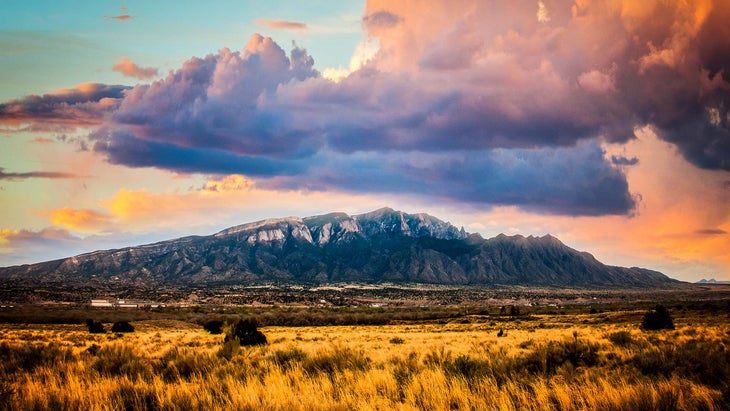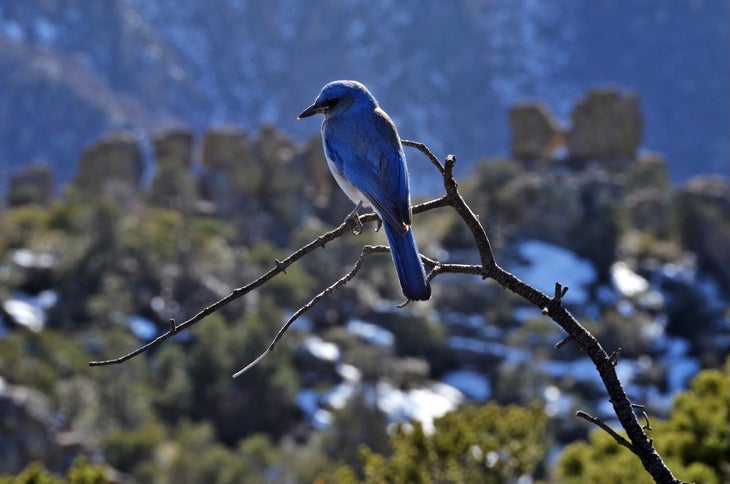Products You May Like
Get full access to Outside Learn, our online education hub featuring in-depth fitness, nutrition, and adventure courses and more than 2,000 instructional videos when you sign up for Outside+
Sign up for Outside+ today.
Read more: The Outdoors’ Most Spectacular Natural Phenomena, Explained
Rising thousands of feet above the southern borderlands of Arizona and New Mexico are the sky islands–a chain of peaks capped by lush, breezy forests. Nowhere else in North America does such biodiversity squeeze into a single, vertical space. Isolated by the surrounding desert, the sky islands are home to rare sub-species of reptiles and mammals, and also more ubiquitous black bears and mule deer. Hike to the top for a great workout and the chance to pass through a half dozen ecosystems in a single push.
The Basics of Sky Islands

High and Dry
During North America’s periodic ice ages, advancing glaciers pushed many plants and animals south. When the climate started warming 12,000 years ago, species acclimatized to the cold conditions retreated up the mountain slopes, where their descendents survive today.
Going Up
The 10,000-foot Pinaleño Mountains in eastern Arizona contain the shortest hiking distance from desert to shady spruce forest in North America. Climbing 7,000 feet from base to summit, summer highs drop from 100°F to 75°F, precipitation levels triple, and soils grow richer. Animal species also exploit the compressed climate zones, evidenced by bear scat in spruce groves that’s embedded with cactus fruit seeds the bruin consumed a vertical mile below.
Vertical Terrarium
The sky islands are located at the confluence of two mountain ranges, the Rockies and Sierra Madre, and two deserts, the Sonoran and Chihuahuan. This biological intersection, combined with dramatic elevation change, supports the greatest range of mammal, ant, bee, snail, lichen, and rattlesnake species in North America, as well as 2,000 plant and 265 bird species.

Rare Regions
Geographic isolation has enabled unique plants and animals to evolve; unfortunately, threats like habitat destruction, invasive species, and climate change are putting these rare subspecies at risk. Case in point: Only 300 Mt. Graham red squirrels survive in the spruce forests atop the Pinaleños, because the introduced Abert’s squirrel competes for the same food.
Climate Threats
As the mountains warm up and dry out (tree-ring records indicate the Pinaleños are experiencing their worst drought since 1280), bark beetles in the upper forests are killing thousands of trees, fueling larger wildfires that destroy even more habitat. “It’s an ugly feedback loop,” says John Koprowski, a wildlife biologist at the University of Arizona in Tucson. Many experts predict that global warming will erase the highest sky island zones within the coming decades.
